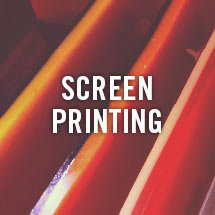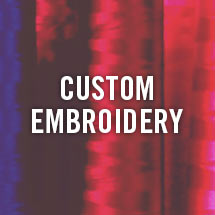For centuries, artists and designers have used color to influence emotions and decision-making. From a striking black and white checkerboard to the soothing colors of a watercolor painting, color can make us feel excited, happy or calm. It can capture our attention and encourage us to give something a second look. It’s also a vital part of branding for any business. To truly understand the power of color, we need to explore what’s known as color theory. Here’s your quick guide to understanding color theory – and how it can transform your company’s branding.
First Things First: The Color Wheel
Sir Isaac Newton developed the first color wheel in 1666. His was a three-part color wheel, consisting of primary, secondary and tertiary colors. By definition, you can’t create primary colors (red, yellow and blue) by mixing any other colors. You can create secondary colors by mixing primary colors and you can create tertiary colors by mixing secondary colors.
Newton’s original color wheel had seven rainbow colors (red, orange, yellow, green, blue, indigo and violet, also known as ROY G. BIV) and was later expanded to 12.
In addition to being designated as primary, secondary and tertiary, colors are also grouped by tone. They are either considered warm (red, orange, yellow) or cool (blue, green, purple). The color wheel, while basic, is an important building block in understanding color theory.
Putting it Together: Color Harmony and Color Context
The 12 colors of the color wheel appear calm, harmonious and orderly. Our brains see them as balanced. The concept of putting different colors together in a way that is visually pleasing is known as color harmony.
There are many different approaches to color harmony, including:
Analogous – three colors side-by-side on the color wheel
Complementary – colors that appear opposite each other on the color wheel
Monochromatic – different shades and tones of the same color
A designer can use each type according to their preference or intent. For example, many artists use monochromatic colors to create a sleek, minimalistic style.
Color context, on the other hand, speaks to how colors appear in relation to each other. For example, a bright green font looks much different on a white background than it does on a black or green background. The surrounding colors impact how our eyes see the color, even though the focus color itself does not change. Learning how to apply both color harmony and color context is key when creating a logo or other promotional materials.
Why Does it Matter? Color Theory in Branding
In addition to creating color schemes that are pleasing to the eye, you can use color theory to evoke specific feelings and emotions. You see brands doing this every day, whether in logos, advertisements or products themselves.
Every design has a key color: the one that does not change (with some exceptions, of course). Think of the red used in the Target bullseye logo. A designer takes that key color and works around it, choosing complementary or contrasting colors depending on what they want the design to achieve. They may use a stark contrast, a complementary palette or monochromatic shades of that same recognizable red.
In addition to these concepts, some colors and color combinations are thought to produce a psychological response (referred to as color psychology). You may have heard one of the most famous combinations, red and yellow, which many fast-food restaurants use to evoke feelings of hunger.
A few other examples of color psychology include:
RED: passion, fire
GREEN: nature, growth
BLUE: calm, peaceful
It’s important to consider what emotions you are hoping to bring out in your audience when choosing colors for your branding.
Color Your World with Full Press Apparel
Understanding and applying color theory won’t just make your business look good. It’s an effective and necessary strategy that can take your branding from good to memorable.
With decades of experience under our belt, consider Full Press Apparel your guide to all things branding and color. From themed collections to promotional kits, we’ll show you how to capture – and keep – your target audience’s attention with the power of great branding. Contact us today to get started.





